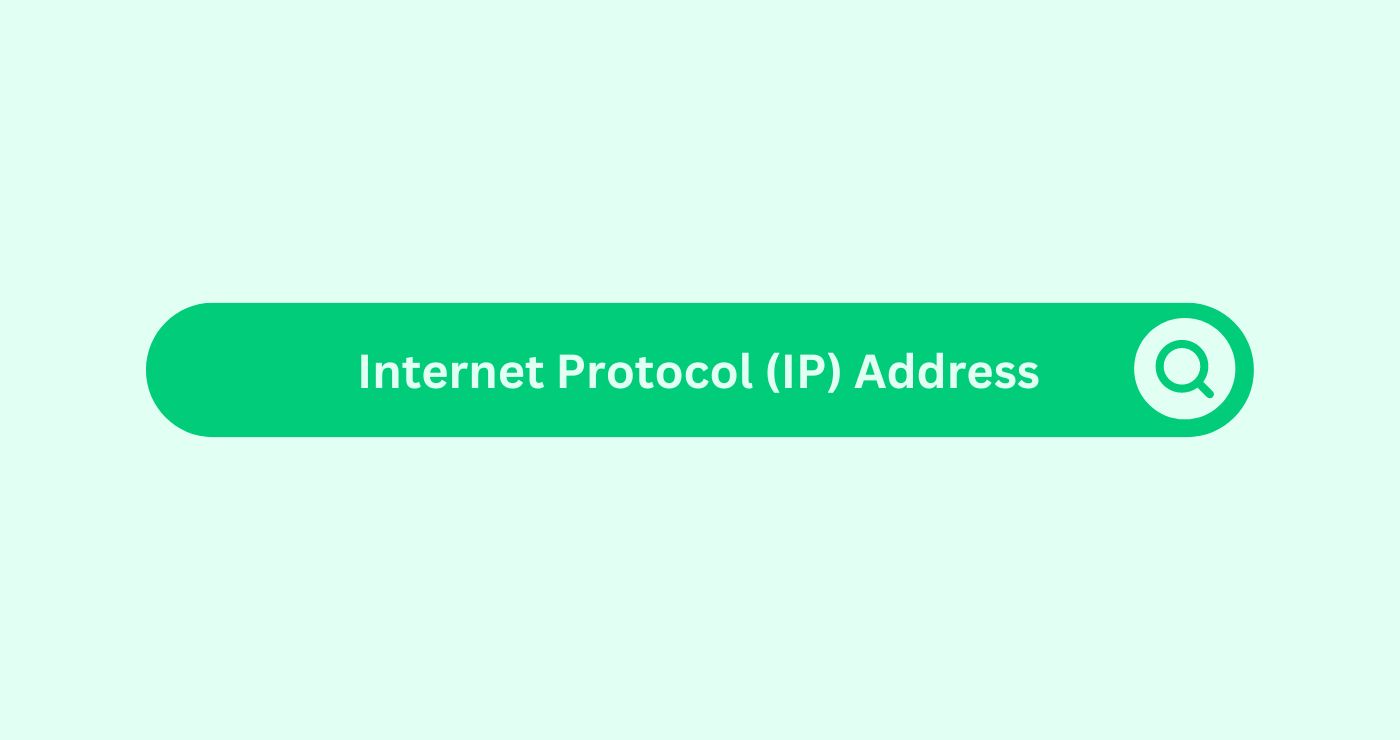Definition
An Internet Protocol (IP) Address is a numerical labelDefinition In email marketing, a "Label" refers to a tag or ... More assigned to each device connected to a computer network that uses the Internet Protocol for communication. An IP address serves two main functions: identifying the host or network interface and providing the location of the host in the network. There are two types of IP addresses: IPv4 and IPv6. IPv4 addresses are 32-bit numbers typically represented in decimal format as four octets separated by periods (e.g., 192.168.0.1), while IPv6 addresses are 128-bit numbers represented in hexadecimal format separated by colons (e.g., 2001:0db8:85a3:0000:0000:8a2e:0370:7334).
IP addresses are essential for routing information across the internet, ensuring that data packets reach the correct destination. Each device on a network must have a unique IP address to communicate with other devices. In addition to the public IP addresses assigned to devices on the internet, there are also private IP addresses used within local networks.
How You Can Use Internet Protocol (IP) Address
Example
Consider a scenario where a company runs a website accessible globally and wants to implement IP-based geolocation to serve region-specific content. By using the visitors’ IP addresses, the company can determine their geographical location and deliver relevant content based on their region.
- Geolocation Services: Use IP addresses to identify the geographic location of website visitors. This can be achieved through geolocation databases or services like Max Mind or IP2Location.
- IP-Based Access Control: Restrict or allow access to certain parts of a website based on the visitor’s IP address.
- Example: A company might restrict access to its internal resources to only those IP addresses originating from its corporate office.
- Load Balancing: Use IP addresses to distribute trafficDefinition In the context of SEO (Search Engine Optimisation... More evenly across multiple servers.
Formulas and Calculations
Understanding how to manipulate and calculate IP addresses involves subnetting and binary arithmetic. Here is a basic example of how to calculate the subnet mask and network address:
- Subnet Mask Calculation: For an IPv4 address, the subnet mask determines which portion of the address represents the network and which part represents the host. A common subnet mask is 255.255.255.0, which indicates that the first three octets are the network part, and the last octet is the host part.
- Example: For the IP address 192.168.1.10 with a subnet mask of 255.255.255.0, the network address is 192.168.1.0.
- Binary Arithmetic: Convert IP addresses to binary to perform subnet calculations.
- Example: The IP address 192.168.1.10 in binary is 11000000.10101000.00000001.00001010. The subnet mask 255.255.255.0 in binary is 11111111.11111111.11111111.00000000.
Key Takeaways
- Identification and Location: IP addresses uniquely identify devices on a network and provide their location.
- IPv4 vs. IPv6: Understand the difference between IPv4 (32-bit) and IPv6 (128-bit) addresses.
- Geolocation: Use IP addresses for determining the geographical location of visitors to serve localized content.
- Access Control: Implement IP-based restrictions to secure sensitive areas of a website.
- Load Balancing: Distribute network trafficDefinition In the context of SEO (Search Engine Optimisation... More efficiently using IP-based load balancing techniques.
FAQs
What is an Internet Protocol (IP) Address?
An IP address is a unique numerical identifier assigned to each device on a network that uses the Internet Protocol for communication.
Why are IP addresses important?
They identify devices on a network and ensure data is routed correctly across the internet.
What is the difference between IPv4 and IPv6?
IPv4 addresses are 32-bit numbers, while IPv6 addresses are 128-bit numbers, allowing for a significantly larger number of unique addresses.
How can IP addresses be used for geolocation?
Geolocation services use IP addresses to determine the geographic location of a device.
What is IP-based access control?
It is a method of restricting or allowing access to a network or website based on the IP address of the user.
How do I find my IP address?
You can find your IP address using online tools, your device's network settings, or command line utilities like ipconfig or ifconfig.
What is a subnet mask?
A subnet mask is used to divide an IP address into network and host portions, determining the range of IP addresses within a network.
Can IP addresses change?
Yes, IP addresses can be dynamic (changing) or static (fixed), depending on how they are assigned by the network.
What is NAT (Network Address Translation)?
NAT is a method used to remap IP addresses by modifying network address information in IP packet headersDefinition What are headers in e-mail marketing? Headers in ... More while in transit.




